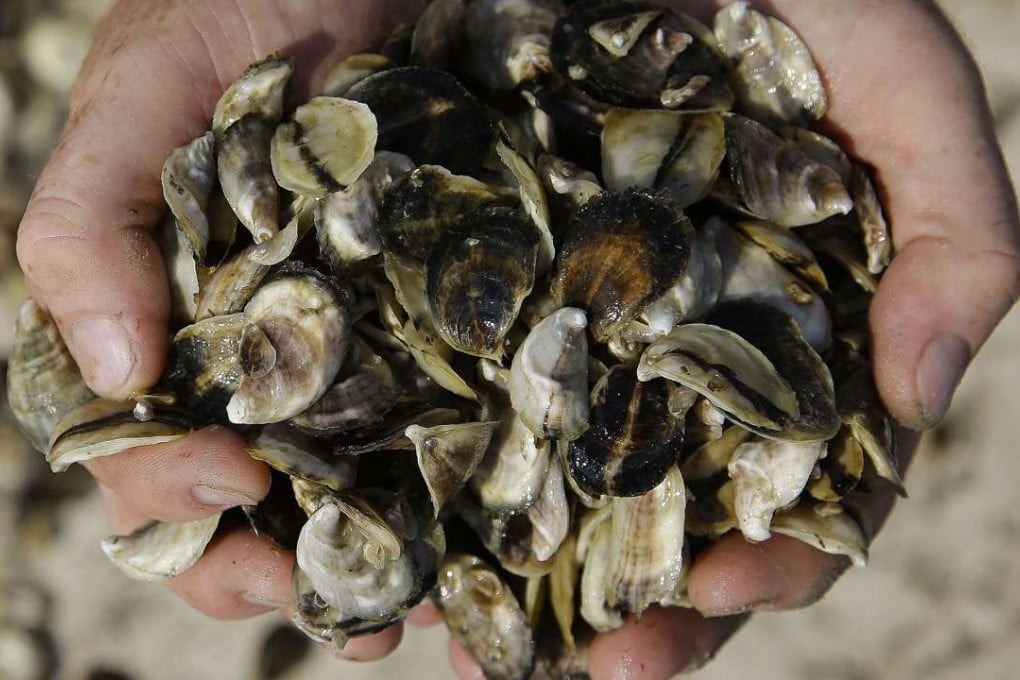Study links global warming to rise in shellfish poisoning and waterborne illnesses

Rising global temperatures are clearly linked to increasing waterborne food poisoning, particularly from eating raw oysters, along with other nasty infections, a new study shows.
About a dozen species of vibrio bacteria make people sick from eating raw or undercooked seafood or drinking or swimming in tainted water. It also causes cholera, although that was not the focus of the research.
Lab-confirmed vibrio infections in the United States have increased from an average of about 390 a year from the late 1990s to an average of 1,030 in recent years, according to the Centres for Disease Control and Prevention. But most cases aren’t confirmed by tests and reported.
“It’s a remarkable increase on an annual basis,” said study lead author Rita Colwell of the University of Maryland, a top microbiologist who used to head the National Science Foundation.
The study examined Europe and North America, but the most consistent tracking of vibrio illnesses were in the United States. The CDC blames about 100 deaths a year on vibrio on average.
Even Alaska, where such outbreaks used to be unheard of because the bacteria needs warm water, is getting cases from people eating vibrio-infected oysters, Colwell said. Her study, published in Monday’s Proceedings of the National Academy of Sciences , also highlights an unprecedented wave of vibrio illnesses from swimming in northern Europe during heat waves in 1994, 1997, 2003, 2006 and 2010.